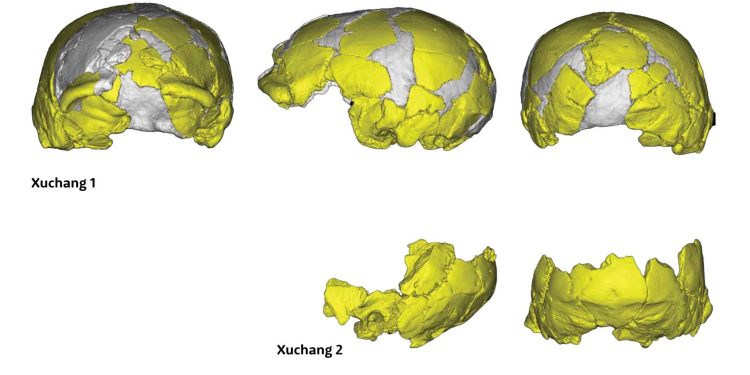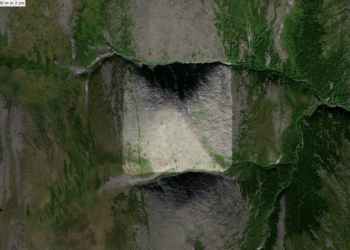In an exciting twist to the story of human evolution, researchers have uncovered evidence of an enigmatic group of ancient humans with massive brains who roamed eastern Asia over 100,000 years ago. As explained by Science Alert, known as Juluren, or “large head people,” this mysterious lineage challenges what we thought we knew about our evolutionary history and reveals just how complex humanity’s ancient roots really are.
Meet Homo juluensis
For decades, fossils in China that didn’t fit neatly into known species like Homo sapiens or Homo erectus were often labeled as Denisovans—close relatives of Neanderthals. But paleoanthropologists Xiujie Wu and Christopher Bae have shaken things up by proposing a whole new species: Homo juluensis.
The Juluren fossils, including parts of the face and jaw, show a mix of features not seen in other hominins, such as Neanderthals, Denisovans, or even modern humans. Their large brains set them apart, leading scientists to believe they were a unique group of ancient humans with complex evolutionary ties.
“These fossils represent a new form of large-brained hominin,” write Wu and Bae in PaleoAnthropology. The researchers suggest these humans likely coexisted with other groups in the region, weaving an intricate tapestry of evolution in eastern Asia between 300,000 and 50,000 years ago.
Anthropologist John Hawks, who reviewed the research, calls it “provocative.” He believes this discovery highlights just how much more diverse the human fossil record in Asia could be than we’ve assumed.
Asia: The Epicenter of Evolutionary Surprises
Eastern Asia has long been a treasure trove of evolutionary mysteries, and the discovery of Homo juluensis is just the latest twist. Over the past two decades, scientists have uncovered several new human lineages, turning the evolutionary tree into a tangled web:
- 2003: Homo floresiensis, nicknamed the “hobbit,” was found in Indonesia.
- 2007: Homo luzonensis, a diminutive human species, was identified in the Philippines.
- 2010: DNA evidence revealed the Denisovans, an ancient group of humans discovered in Siberia.
- 2021: Homo longi, an extinct archaic human species, was officially named after a fossil discovery in northeastern China.
Now, the Juluren add yet another layer to this complex narrative. But even with these discoveries, mysteries persist. A fossil found in Hualongdong, China, in 2023 defies classification, showing traits that don’t fully align with any known species, including the Juluren. This, scientists say, underscores just how messy and unpredictable human evolution truly is.
Rethinking Human Evolution
Wu and Bae’s findings challenge scientists to rethink everything. “The eastern Asian record is forcing us to recognize just how complex human evolution is,” they explain. This discovery isn’t just about naming a new species—it’s about unraveling how ancient humans adapted, intermingled, and thrived in challenging environments.
With every new discovery, the story of human evolution grows more intricate and fascinating. The Juluren remind us that the human past is full of surprises, and there’s still so much left to uncover about how we became who we are today.











